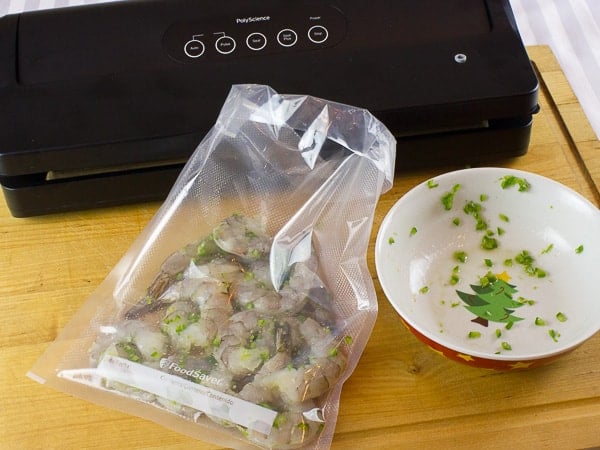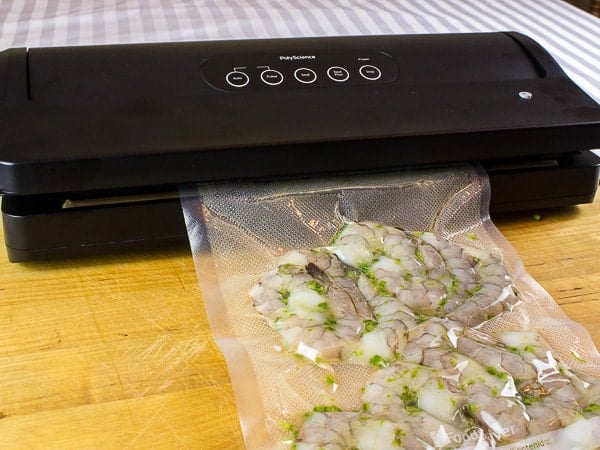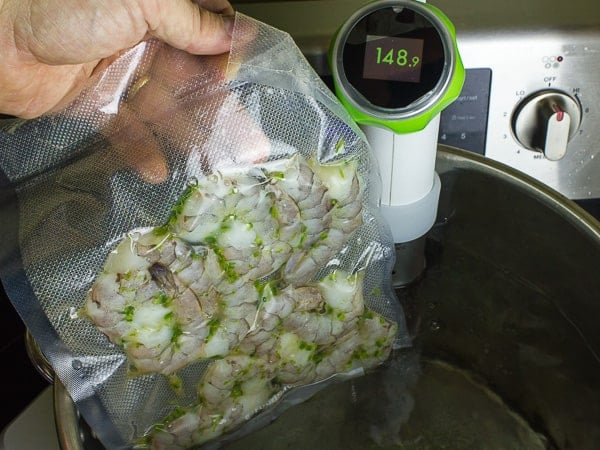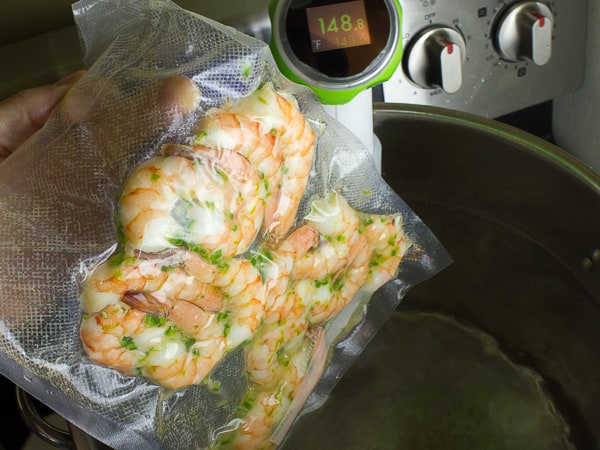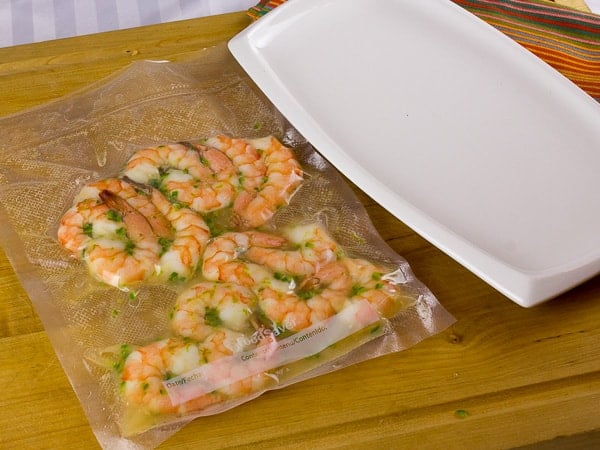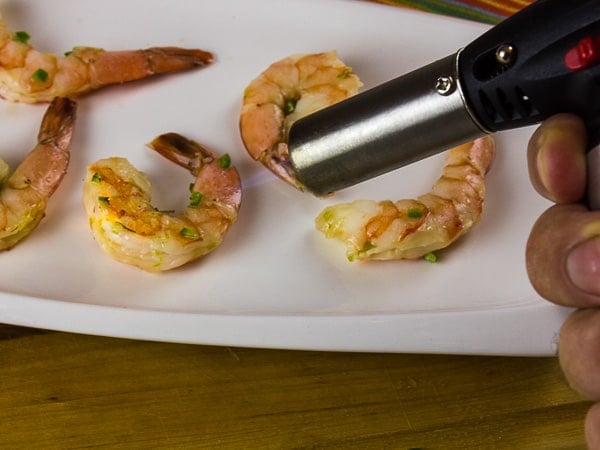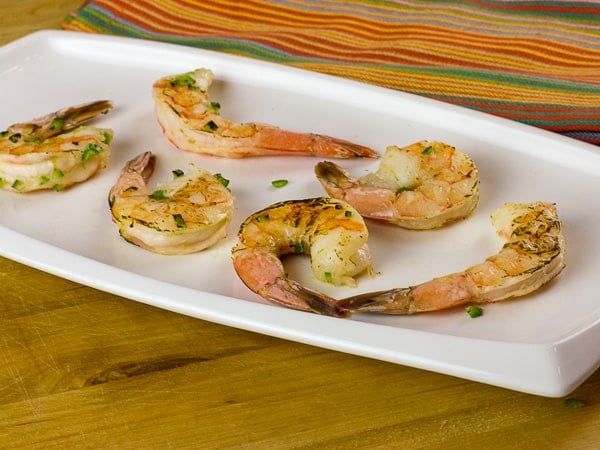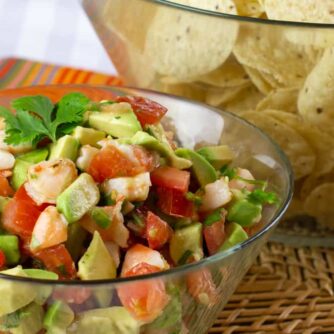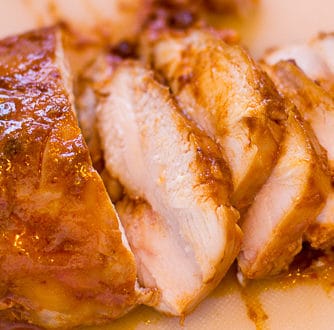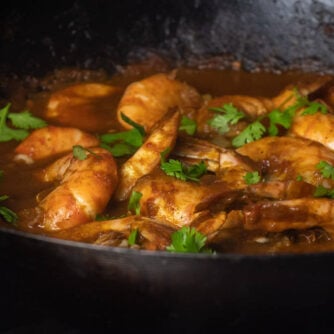How to Sous Vide Shrimp
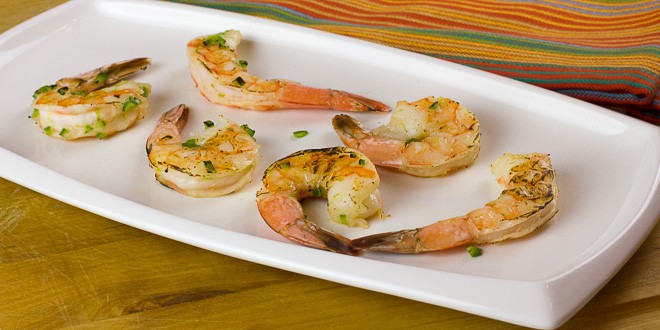
Shrimp is a delicate food to prepare and it is easy to overcook them. They can go from perfectly cooked to overcooked in no time, especially when they are cooked on high heat (ie: boiled, skillet or grill). Shrimp that has been cooked too long has a mushy texture that is very unappealing and I, regrettably, have been served overcooked shrimp many times – even at restaurants. Cooked properly, shrimp is plump, succulent and packed with flavor.
Sous vide water baths are a great way to cook shrimp, as the precise water temperature, can allow you to know how long to cook the shrimp so that they are perfect every single time.
One thing to decide, is whether or not the shrimp will be peeled prior to being cooked sous vide. Peeling is not necessary, but it does look better for plating presentation. I typically peel the shrimp, but leave the tail on.
Shrimp are delicious cooked in the sous vide all by themselves. But, if you add a marinade, sauce or some seasoning along with the shrimp – WOW. The possibilities of flavor combinations are endless as shrimp is very versatile. In the photos, the shrimp are in a marinade of olive oil, minced jalapeno and lime zest. This provides a vibrant flavor profile with a bit of heat.
Just toss them in a food safe bag with the marinade.
Make sure that the shrimp is only one layer thick in the bag. The shrimp can be touching and side by side, but if they are stacked, and in layers of 2 or 3 shrimp, then they will not cook properly. I find it best to spread them out into one layer before I vacuum seal the bag.
Set the sous vide to 149F or 65C. Once the water reaches the set temperature, add the bagged shrimp to the water bath.
After 15 minutes, remove the shrimp from the water bath. They are done! Shrimp does not take long to cook and the pink color is an indicator of doneness.
The shrimp is ready to eat. They are fine to eat, right out of the bag and are great either warm or chilled. Either way, they are succulent and delicious!
While meat is delicious coming out of the sous vide, visually it does not always look the best. So, a quick sear adds a browning on the outside of the meat which helps the meat look better and also provides another layer of flavor.
For shrimp, I find that using a kitchen blowtorch is the best way to finish off the shrimp. They actually look like they have come right off the grill. The flame causes the shrimp to both brown and tighten up a little bit.
Sous vide shrimp is great on its own, but they can be added to pasta, fajitas, salad, risotto and more. The possibilities are endless, but one thing is sure – once you have tasted sous vide shrimp, you might never cook them any other way!

